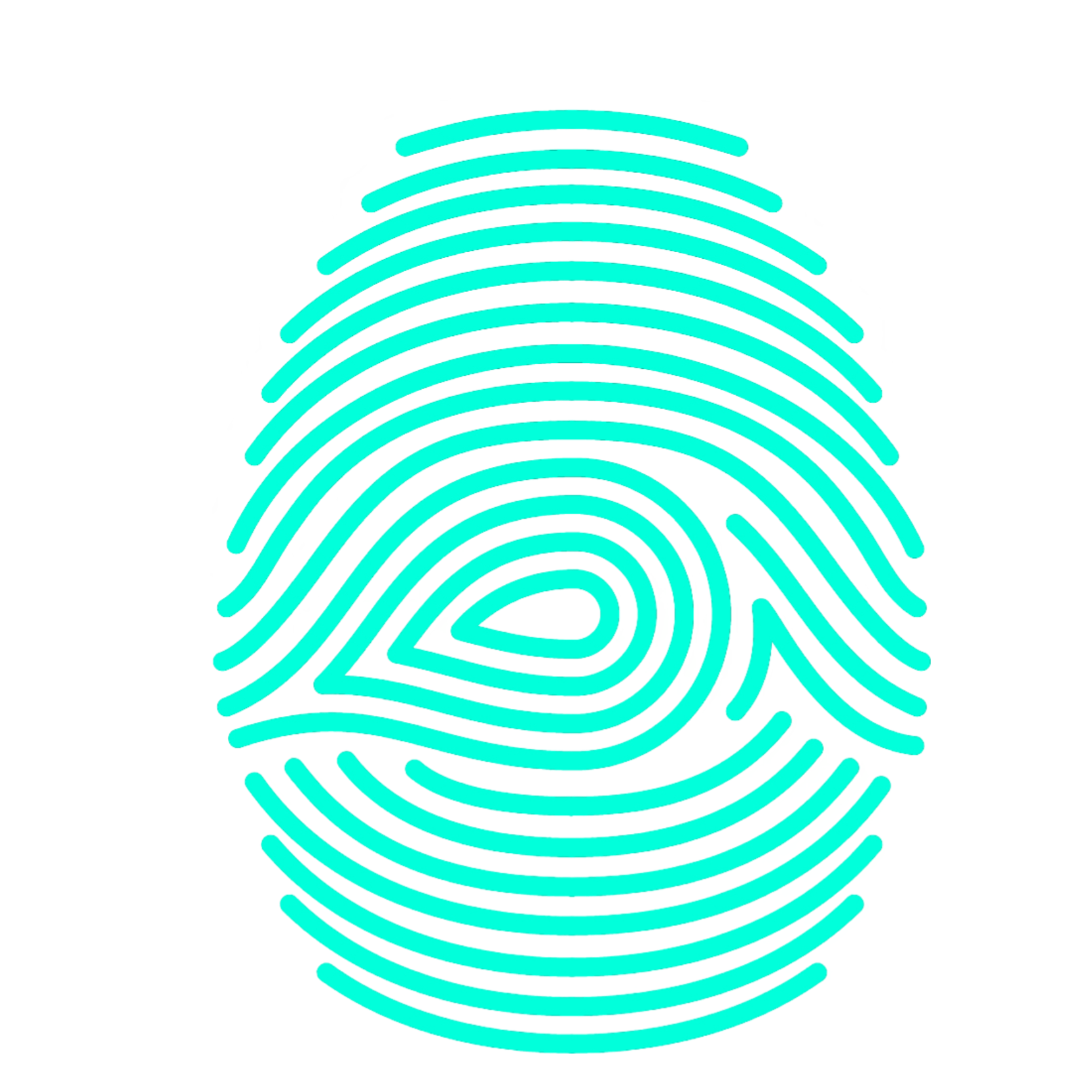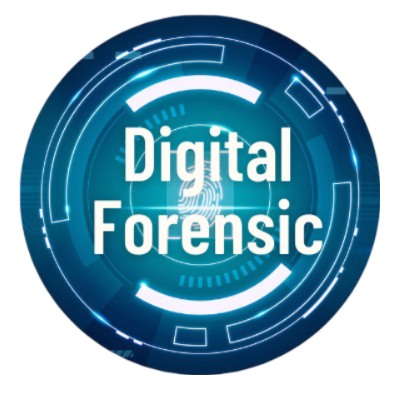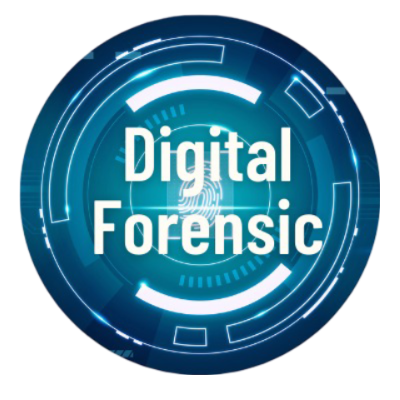
Anti Forensics Techniques
Anti-forensics techniques are methods used by attackers to erase, manipulate, or obscure digital evidence, making forensic investigations difficult. These include log deletion, timestamping, data hiding (steganography), secure file wiping, memory forensics evasion, and network obfuscation. By bypassing forensic tools and misleading investigators, cybercriminals use these techniques to cover their tracks and avoid detection in cybercrimes.
-

Digital Forensics
Digital forensics is the process of collecting, analyzing, and preserving electronic evidence to investigate cybercrimes and security incidents. It involves examining computers, networks, and digital ...
-

Digital Forensics L-1
Digital forensics is the process of collecting, analyzing, and preserving electronic evidence to investigate cybercrimes and security incidents. It involves examining computers, networks, and digital ...
Hacking Windows is often daunting. Grasp the fundamentals of core Windows concepts.
A learning pathway is made up of modules, and a module is made of bite-sized rooms (think of a room like a mini security lab).
